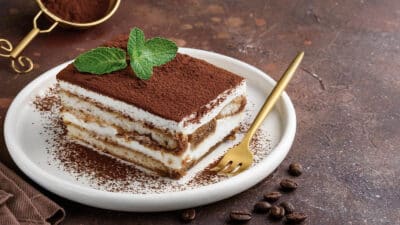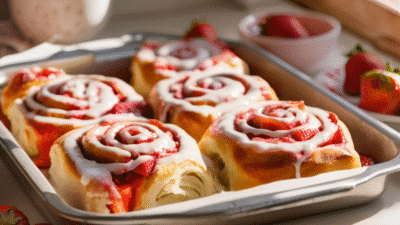Biscoff Bonbons with white chocolate are a simple yet delicious treat that combines creamy, sweet flavors with a bit of crunch. These bonbons use just a few ingredients like Biscoff spread, cream cheese, crunchy Biscoff biscuits, and smooth white chocolate. They are easy to make and perfect for anyone who loves sweet, caramelized flavors with a creamy center.
This recipe is great for a quick dessert or a treat to share at parties. The mixture of crunchy cookies inside soft, white chocolate makes every bite satisfying and unique. It’s a fun way to enjoy the popular Biscoff taste in a new and tasty form.
Ingredients for Biscoff Bonbons With White Chocolate
This recipe calls for a handful of simple ingredients that combine well to create a rich, creamy, and crunchy treat. Each plays an important role in delivering the classic Biscoff flavor and the smooth texture of the bonbons. Knowing what to choose and where to find these can make the process easier and more enjoyable.
Essential Ingredients List

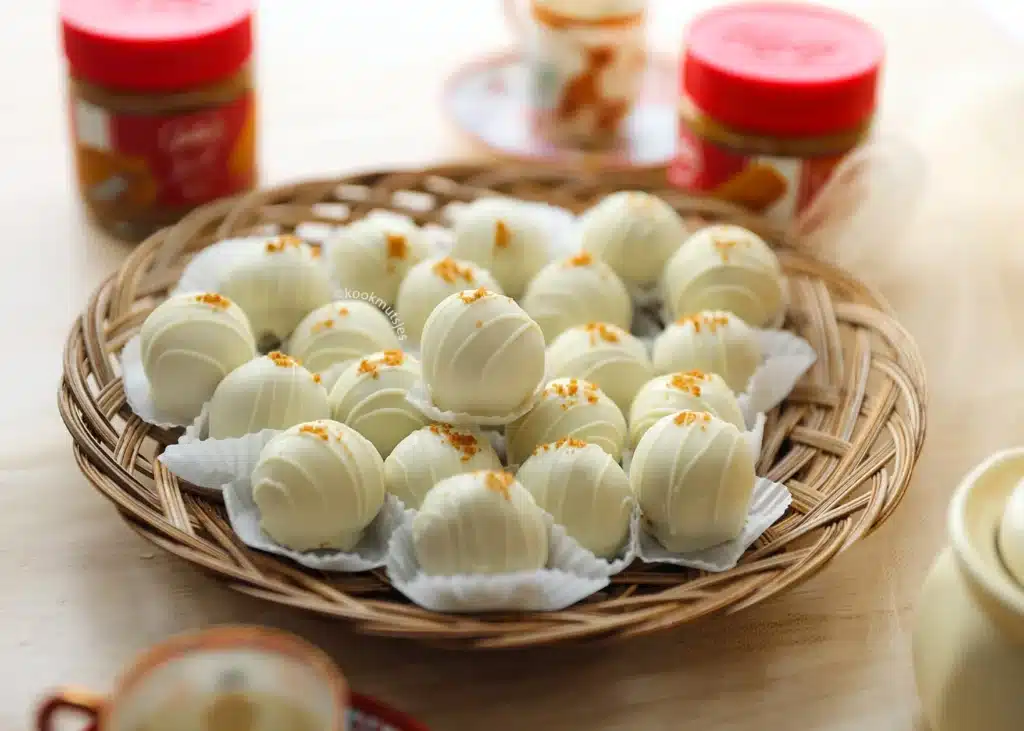
The main ingredients include Biscoff biscuits, Biscoff spread, cream cheese, white chocolate, and chopped hazelnuts.
- Biscoff biscuits provide a crunchy caramelized base.
- Biscoff spread offers a creamy, caramel flavor.
- Cream cheese adds smoothness and helps bind the mixture.
- White chocolate gives sweetness and a melt-in-the-mouth texture.
- Chopped hazelnuts introduce a nutty crunch that balances the softness.
These ingredients work together to create a bonbon with layers of texture and flavor, distinctive for Biscoff lovers.
Recommended Brands and Substitutes
For the best results, the classic Lotus Biscoff brand or similar caramelized biscuit brands are recommended for both biscuits and spread.
If Biscoff spread isn’t available, alternatives like cookie butter spreads or other caramel biscuit spreads can be used without much loss in flavor.
In place of chopped hazelnuts, almonds or walnuts can serve as substitutes to add crunch.
White chocolate should be good quality, preferably baking or couverture chocolate, to ensure smooth melting and taste.
Tips for Sourcing Biscoff Spread
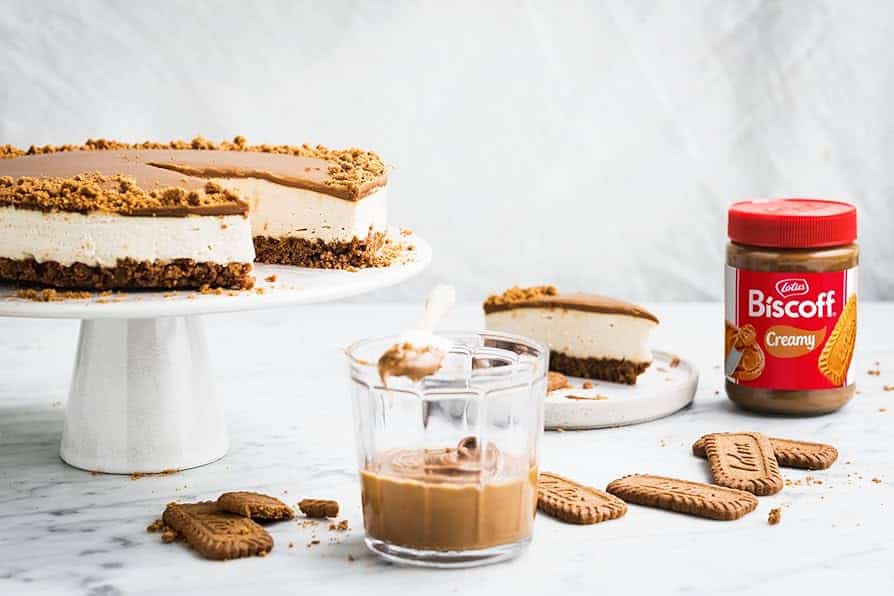
Biscoff spread is increasingly found in many grocery stores, especially in the spreads or international food aisle. Online stores also stock it year-round.
It’s important to pick a spread labeled as “caramelized Biscoff spread” for the authentic flavor.
Consider the texture too—some spreads are creamier, while others feel thicker. Creamier spreads blend easier.
Store unopened jars in a cool, dry place and refrigerate after opening if recommended on the label to keep the spread fresh for longer.
Step-by-Step Instructions
This recipe guides through making a creamy Biscoff mixture, shaping it into bonbons, chilling them, and finally coating each piece in smooth white chocolate. Each step is simple but important for the best taste and texture.
Preparing the Biscoff Mixture
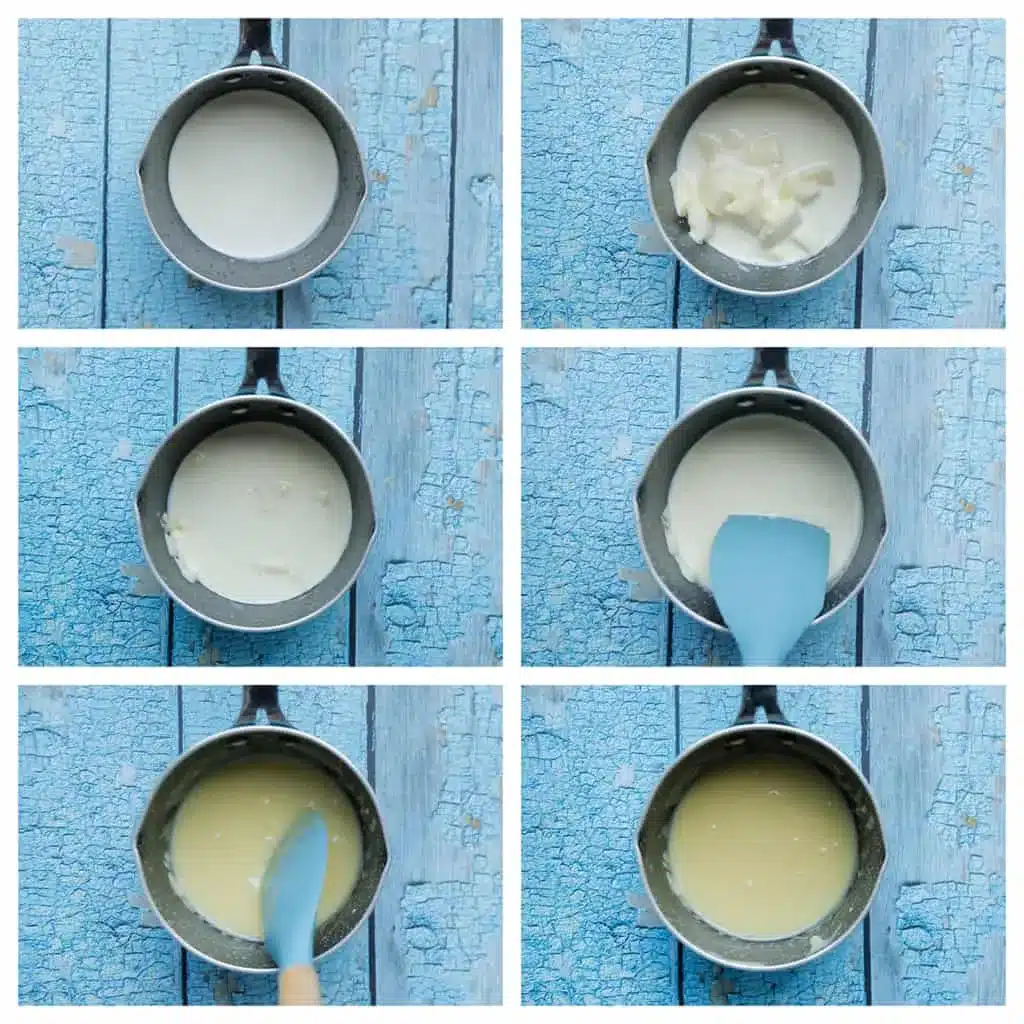
First, the Biscoff spread and cream cheese are combined until smooth and creamy. It’s important to mix them well, with no lumps, to get a uniform texture.

Next, crushed Biscoff cookies and chopped hazelnuts are folded into the mixture. The nuts add a nice crunch, while the cookie pieces provide more flavor.
The mixture should be soft but firm enough to shape. If it feels too sticky, chilling it for 10-15 minutes can help make it easier to work with.
Forming and Chilling the Bonbons
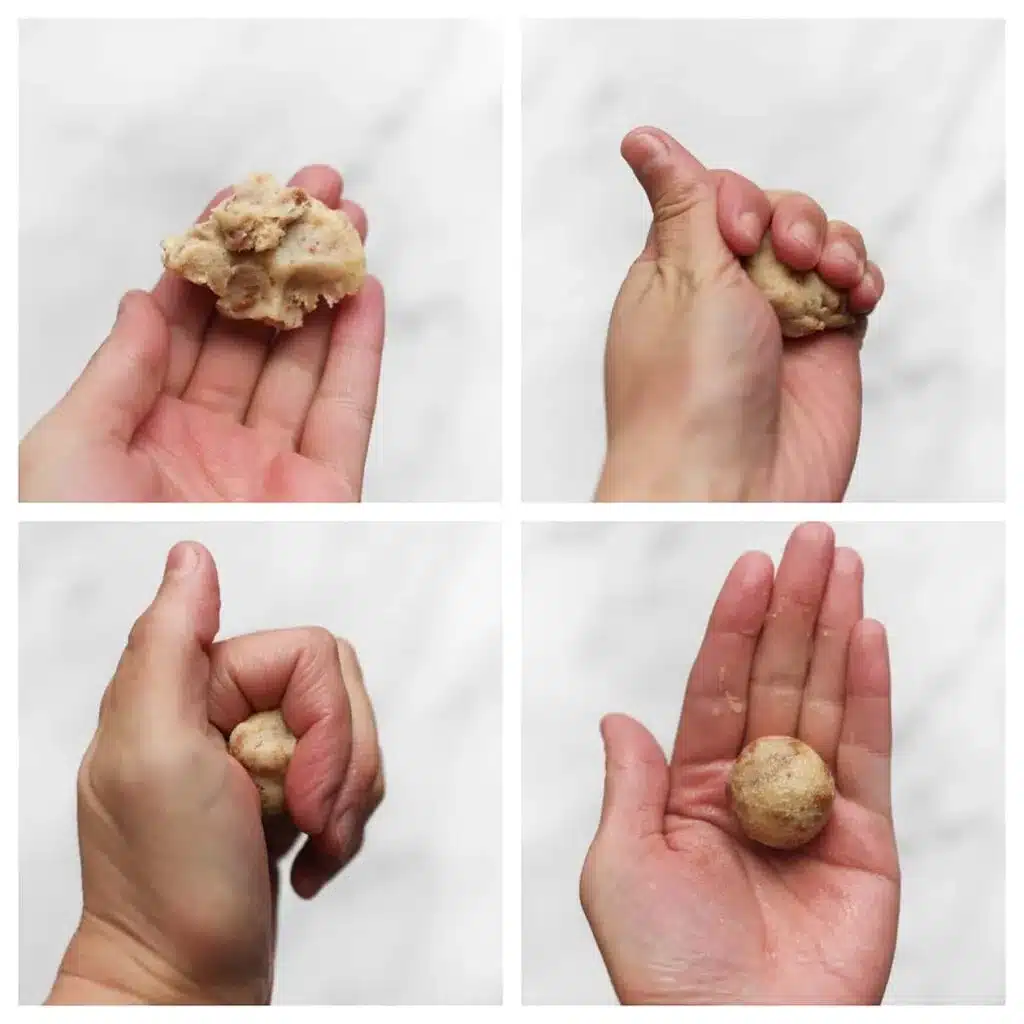
Once the mixture is ready, it is rolled into small balls, about 1 inch in diameter. Using gloves or a spoon can keep hands less sticky.
Each ball is placed on a baking sheet lined with parchment paper. They need to be spaced apart for easy handling later.
The bonbons must chill in the refrigerator for at least an hour. This step firms them up, so they hold their shape during the chocolate coating.
Melting and Coating With White Chocolate
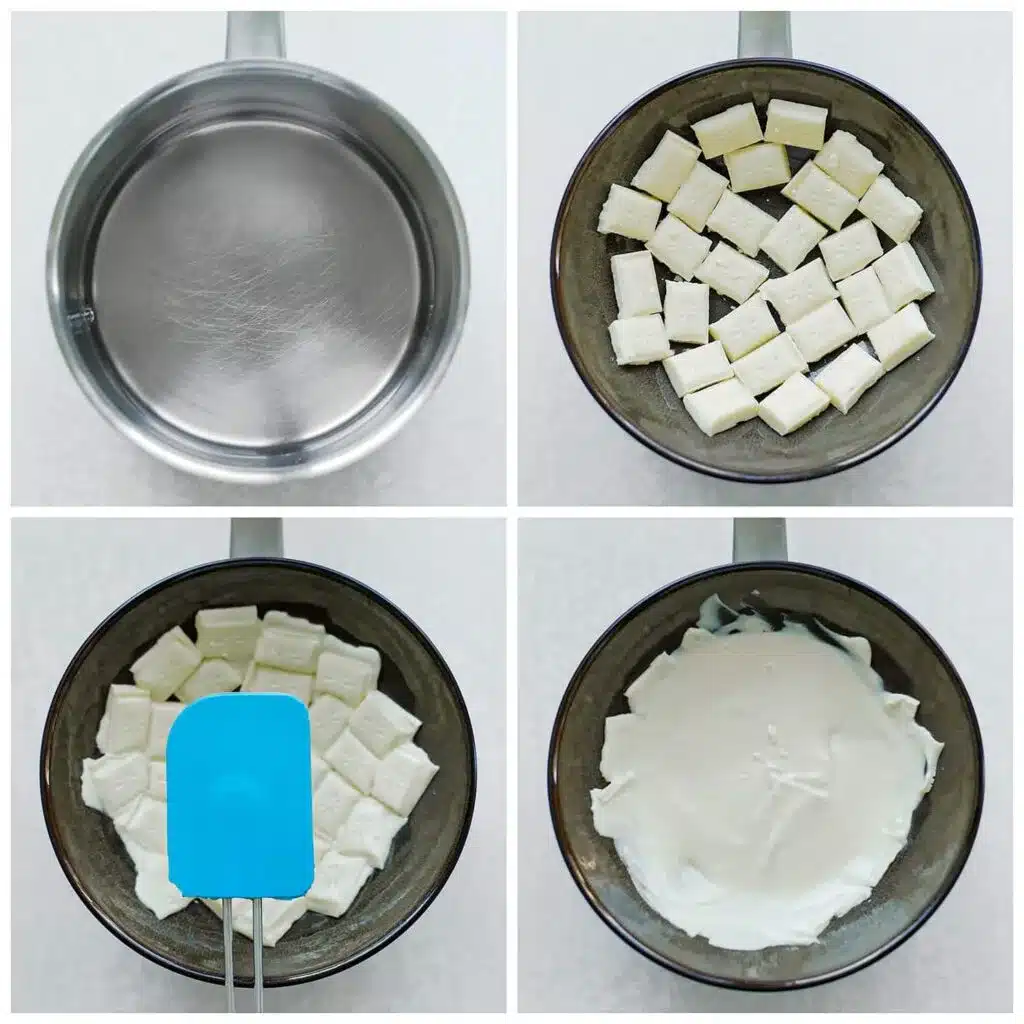
White chocolate is melted gently in a heatproof bowl over simmering water or in short bursts in the microwave. Stirring regularly avoids burning.
After melting, each chilled bonbon is dipped into the white chocolate, fully covering it. A fork or dipping tool can help with this step.

Coated bonbons are set back on parchment paper until the chocolate hardens. Placing them in the fridge speeds this process.
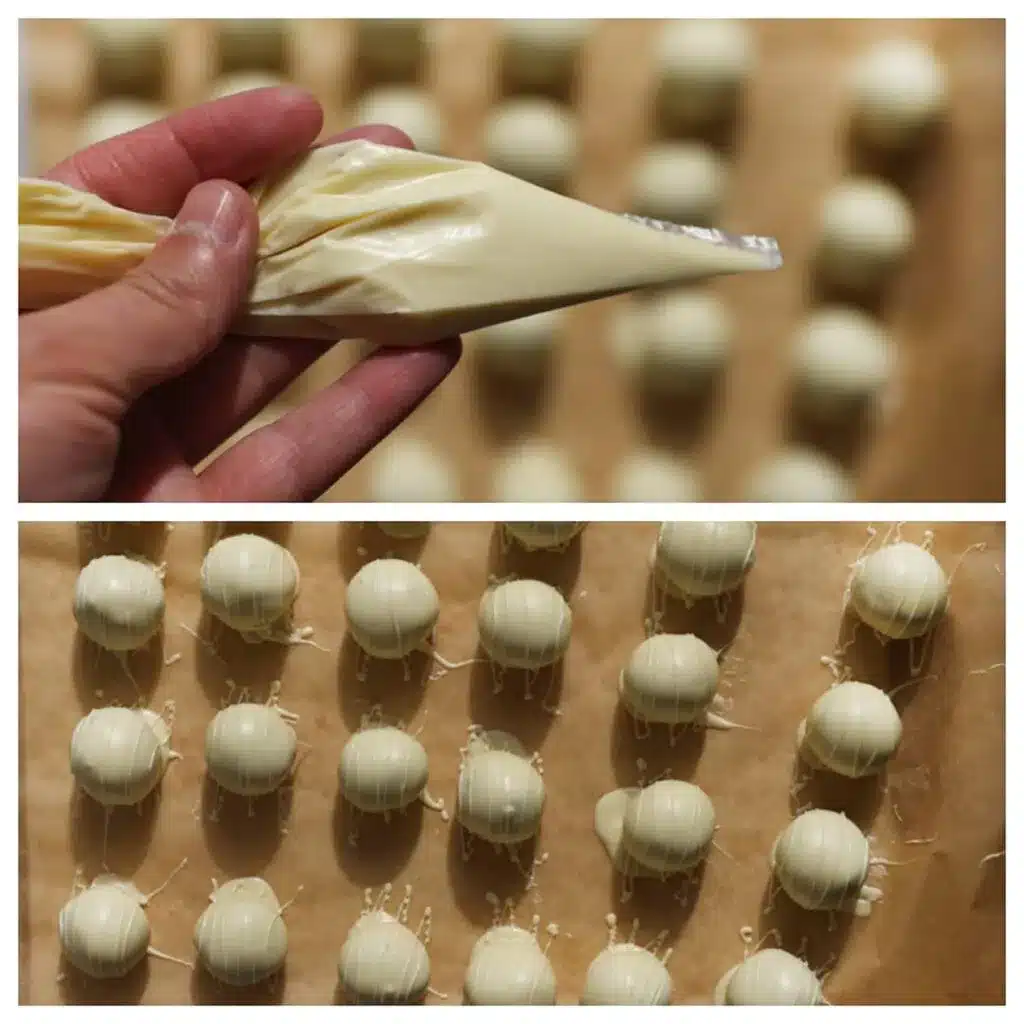
This coating adds a sweet, creamy shell that contrasts nicely with the crunchy, caramelized filling.
Decoration and Presentation Ideas
Biscoff bonbons with white chocolate look best when decorated thoughtfully. Using crunchy, colorful, or textured toppings can make them more inviting. How they are served also adds to the experience, whether on a plate or in a box.
Creative Toppings
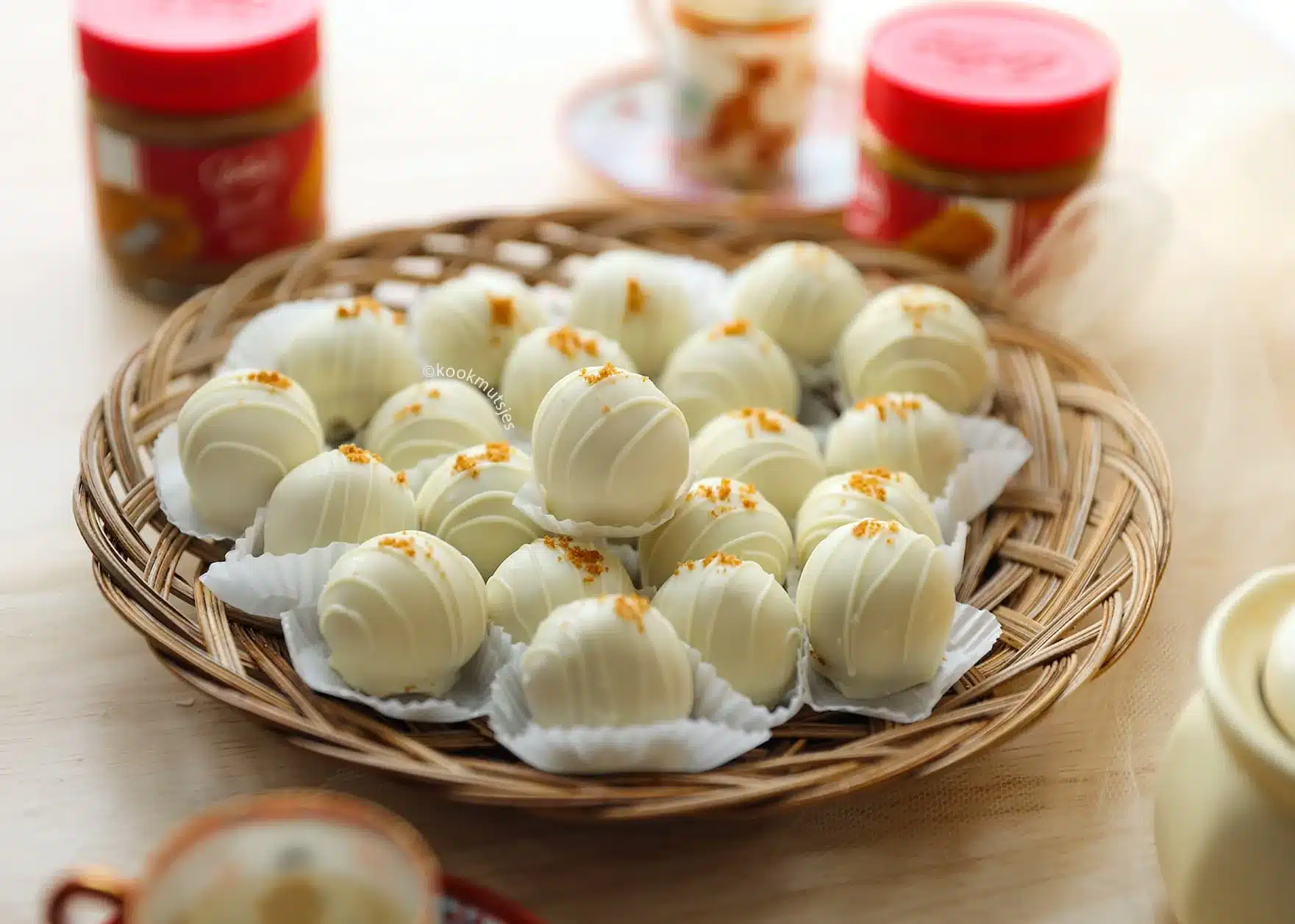
Adding toppings can give each bonbon a unique touch. Crushed Biscoff cookies on top add crunch and highlight the main flavor. Chopped hazelnuts or pistachios bring a nutty contrast and a bit of color.
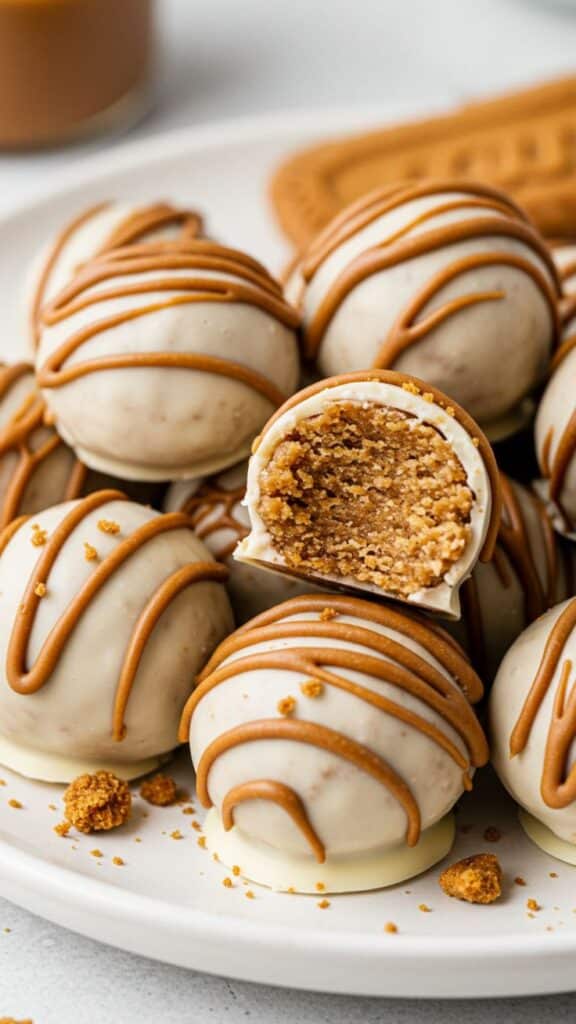

White chocolate drizzle adds a glossy finish and a sweet touch. Sprinkling a little sea salt can balance the sweetness for those who like salty-sweet flavors. Edible gold dust or small edible flowers give a fancy look for special occasions.


Serving Suggestions
Serving bonbons on small, pretty plates or in mini cupcake liners makes them easier to share. Clear glass dishes show off the layers and colors well.
For gifts, placing bonbons in a small box with tissue paper creates a thoughtful presentation. Serving alongside coffee or tea complements the Biscoff flavor nicely. They also work as dessert table treats at parties or gatherings.
Storage and Make-Ahead Tips
Proper storage keeps Biscoff bonbons fresh and tasty. Knowing how to store and freeze them helps maintain their texture and flavor over time.
How to Store Bonbons
Biscoff bonbons should be stored in an airtight container. They keep best at room temperature if eaten within 1-2 days.
For longer storage, refrigerate them. Wrapped in plastic wrap or kept in a sealed box, they last about 5-7 days in the fridge.
Avoid sunlight and heat to prevent the white chocolate from melting or becoming grainy. Use parchment paper between layers to stop them from sticking.
Keep the container in a cool, dry place if not refrigerating.
Freezing and Thawing Instructions
Freezing Biscoff bonbons is a great way to save them for up to 2 months. Place them in a single layer on a baking sheet first and freeze until firm.
Once frozen, transfer them to an airtight freezer-safe container or zip-top bag. This prevents freezer burn and keeps flavors intact.
To thaw, remove bonbons from the freezer and let them sit at room temperature for 30-60 minutes. Avoid microwaving, as the white chocolate can melt unevenly.
After thawing, enjoy them right away for the best texture.
Troubleshooting and Helpful Hints
Biscoff bonbons with white chocolate can be simple to make, but small issues may come up. Attention to ingredient temperature and mixing techniques helps avoid common problems. Patience during the coating process also improves the final texture.
Common Issues and Fixes
If the bonbon filling is too soft or runny, it usually means the cream cheese or Biscoff spread was too warm. Chilling the mixture for at least 30 minutes before forming balls helps it firm up.
When the bonbons fall apart while dipping, it often means they need to be cold and firm before the chocolate step. Use a fork to dip them quickly and set them on parchment to avoid breaking.
Crumbly or gritty texture can happen if the Biscoff biscuits are not crushed finely enough. Grinding them to a fine but slightly crunchy consistency gives the best balance.
Ensuring Smooth Chocolate Coating
Melting white chocolate slowly over a double boiler or in short bursts in the microwave prevents burning. Stir frequently for even melt and glossy finish.
If the chocolate thickens too fast while dipping, it may need re-warming. Keep it warm but not hot between batches with a low heat or warm water bath.
To avoid streaks or uneven coating, dip bonbons one at a time and let excess chocolate drip off before placing them down. Cooling them on parchment paper keeps the bottoms smooth without sticking.
Using high-quality white chocolate also improves texture and shine in the final coating.



